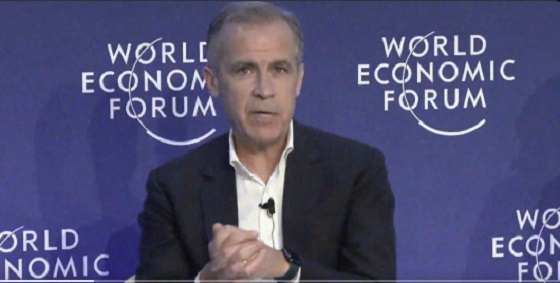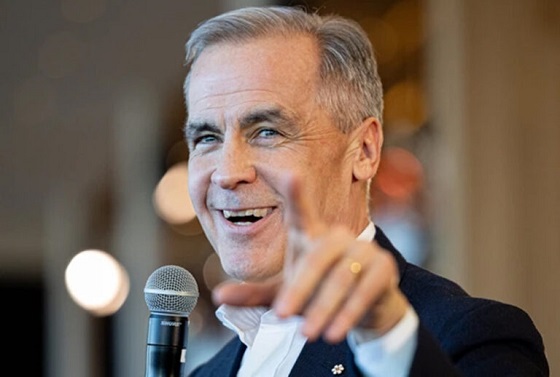Alberta
Potential investment manager for an Alberta pension plan—here are the facts

From the Fraser Institute
As discussions around Alberta’s potential withdrawal from the Canada Pension Plan (CPP) continue, commentators have bombarded Albertans (and Canadians more generally) with sometimes misleading rhetoric, which can undermine the public’s understanding of this key issue. Albertans—and Canadians broadly—need facts to make well-informed decisions.
One key issue has been the potential investment manager for an Alberta pension plan. Specifically, commentators have implied that by leaving the CPP, Albertans retirement funds would no longer be managed by the Canada Pension Plan Investment Board (CPPIB) but rather by the Alberta Investment Management Corporation (AIMCo), which manages several public funds and pensions in the province.
This is not necessarily the case. The province has the option to retain the CPPIB as its investment manager, contract with AIMCo, create a new provider, or contract with the private sector. Put simply, an independent Albertan pension plan has options other than contracting with AIMCo.
But for argument’s sake, let’s assume AIMCo was chosen as the investment manager for an Alberta pension plan. There’s quite a bit of confusion regarding AIMCo that should be clarified. Perhaps most commonly, critics of AIMCo emphasize that the CPPIB has averaged 10 per cent annual returns over the past decade, higher than AIMCo’s 7.2 per cent.
While true, the CPPIB rate of return is distinct from the rate of return earned by contributors to the CPP. Put differently, an individual’s rate of return is not the same as the fund’s rate of return because of the way the CPP was originally designed. Some of the commentary written on this issue has implied that the lower rates of return at AIMCo would influence the benefits received by Alberta retirees. In fact, the retirement benefits Canadians receive from the CPP, and from a comparable Alberta pension plan, are based on several unrelated factors including how many years they’ve worked, their annual contributions and the age they retire. This is key since the CPP and a potential Alberta pension plan are largely based on current workers paying for current retirees, or what’s known as a pay-as-you-go system. Estimates suggest Canadian workers born in 1993 or later can expect a real rate of return of just 2.5 per cent from the CPP.
Given the pay-as-you-go nature of the plan, the key for the CPP, and one assumes for an independent Alberta pension plan, is that the fund earns a rate of return that allows for sustainable payments to retirees over time. The current required rate of return for the CPPIB is 6.0 per cent, which both it and AIMCo exceed.
Moreover, AIMCo, unlike the CPPIB, is constrained by the investment policies of each individual pension fund that it manages. Indeed, unlike the CPPIB, AIMCo is responsible for managing the funds of numerous pension plans, each with their own investment objectives, risk tolerances and asset mixes AIMCo must follow.
For instance, the Management Employees Pension Plan, one of AIMCo’s largest pension funds, requires that 20 per cent to 45 per cent of the market value of the plan’s assets be invested in “inflation sensitive” investments, which include real estate, renewable resources and other assets that may have lower returns compared to alternatives such as investments in private equity. These constraints can limit AIMCo’s overall rate of return, while the CPPIB, unencumbered by the investment policies of other pension funds, has the flexibility to invest according to its core objective, which is to maximize returns adjusted for risk. Put differently, Albertans could grant AIMCo the same flexibility—it all depends on the investment policy implemented if an Alberta pension plan were created.
Finally, opponents also argue that the CPPIB fund’s size (more than $575 billion) makes it superior to any potential provincial fund. Yet the evidence suggests that despite its size, the CPP is not a low-cost pension plan. In fact, according to an analysis by Philip Cross, former chief analyst at Statistics Canada, the CPP’s cost at 1.07 per cent of assets was higher than the other analyzed pension plans, which ranged from 0.34 per cent to 1.02 per cent. And the CPP’s costs have skyrocketed from $4 million in 2000 to 4.4. billion annually, largely due to an increase in staff and compensation. For perspective, the CPPIB had only five employees in 2000; by 2020 it employed nearly 2,000 people. And critically, these changes have not increased the fund’s net returns.
Ultimately, it will be up to Albertans to decide if they want to opt out of the CPP for an Alberta pension plan, but to make that decision, they must be armed with facts. That includes clarifying some misunderstanding on two potential investment managers—CPPIB and AIMCo.
Alberta
Preston Manning: Canada is in a unity crisis

 Preston Manning
Preston Manning
A Canada West Assembly would investigate why
The election of a minority Liberal government on Monday, and the strong showing of the Conservative party under Pierre Poilievre, cannot mask the fact that Canada remains seriously fractured on many fronts. Thus, one of the primary tasks of the Carney government will be to unite us for the sake of our own national well-being — not simply for the sake of presenting a strong front in future dealings with the United States.
But how is that to be done? When parliament meets as scheduled on May 26, will the government’s throne speech acknowledge the main sources of national disunity and propose the immediate adoption of remedial measures? Or will it ignore the problem entirely, which will serve to further alienate Quebec and the West from Ottawa and the rest of Canada, and weaken Canada’s bargaining position vis a vis the United States?
The principal tactic employed by the Liberal party to unite Canadians behind it in the recent election was to employ the politics of fear — fear of U.S. President Donald Trump trying to “break us so that America can own us,” as Liberal Leader Mark Carney has repeatedly said.
But if the only way to unite Canadians is through the promotion of anti-Americanism fostered by fear of some alleged American takeover — if reaction to the erratic musings of an American president is the only way to motivate more Canadians to vote in a federal election — then not only national unity, but Canadian democracy itself, is in critical condition.
We need to pinpoint what actually is fracturing the country, because if we can clearly define that, we can begin the process of removing those divisive elements to the largest extent possible. Carney and the Liberals will of course declare that it is separatist agitations in Quebec and now the West that is dividing us, but these are simply symptoms of the problem, not the cause.
Here, then, is a partial list of what underpins the division and disunity in this country and, more importantly, of some positive, achievable actions we can take to reduce or eliminate them.
First and foremost is the failure to recognize and accommodate the regional character of this country. Canada is the second-largest country by area on the planet and is characterized by huge geographic regions — the Atlantic, Central Canada, the Prairies, the Pacific Coast and the Northern territories.
Each of these regions — not just Quebec — has its own “distinctive” concerns and aspirations, which must be officially recognized and addressed by the federal government if the country is to be truly united. The previous Liberal government consistently failed to do this, particularly with respect to the Prairies, Pacific and Northern regions, which is the root of much of the alienation that even stimulates talk of western separation.
Second is Ottawa’s failure to recognize and treat the natural resources sector as a fundamental building block of our national economy — not as a relic from the past or an environmental liability, as it was regarded by the government of former prime minister Justin Trudeau.
Will the throne speech announce another 180-degree turn for the Liberal government: the explicit recognition that the great engine of the Canadian economy and our economic recovery is not the federal government, as Carney has implied, but Canada’s agricultural, energy, mining, forestry and fishery sectors, with all the processing, servicing, manufacturing and knowledge sectors that are built upon them?
A third issue we’ve been plagued with is the division of Canadian society based on race, gender, sexual preferences and other identity traits, rather than focusing on the things that unite us as a nation, such as the equality of all under the law. Many private-sector entities are beginning to see the folly of pursuing identity initiatives such as diversity, equity and inclusion that divide rather than unite, but will the Liberal government follow suit and will that intention be made crystal clear in the upcoming throne speech?
A final issue is the federal government’s intrusion into areas of provincial jurisdiction — such as natural resources, health, municipal governance, along with property and civil rights — which is the principal cause of tension and conflict between the federal and provincial governments.
The solution is to pass a federal “act respecting provincial jurisdiction” to repeal or amend the statutes that authorize federal intrusions, so as to eliminate, or at least reduce, their intrusiveness. Coincidentally, this would be a legislative measure that both the Conservatives and the Bloc could unite behind if such a statute were to be one of the first pieces of legislation introduced by the Carney government.
Polling is currently being done to ascertain whether the election of yet another Liberal government has increased the growing estrangement of western Canada from Ottawa and the rest of Canada, notwithstanding Carney’s assurances that his minority government will change its policies on climate change, pipelines, immigration, deficit spending and other distinguishing characteristics of the discredited Trudeau government.
The first test of the truthfulness of those assurances will come via the speech from the throne and the follow-up actions of the federal government.
Meanwhile, consultations are being held on the merits and means of organizing a “Canada West Assembly” to provide a democratic forum for the presentation, analysis and debate of the options facing western Canada (not just Alberta) — from acceptance of a fairer and stronger position within the federation based on guarantees from the federal government, to various independence-oriented proposals, with votes to be taken on the various options and recommendations to be made to the affected provincial governments.
Only time will tell whether the newly elected Carney government chooses to address the root causes of national disunity. But whether it does so or not will influence the direction in which the western provinces and the proposed Canada West Assembly will point.
Preston’s Substack is free today.
But if you enjoyed this post, you can tell Preston’s Substack that their writing is valuable by pledging a future subscription.
Alberta
Premier Danielle Smith hints Alberta may begin ‘path’ toward greater autonomy after Mark Carney’s win
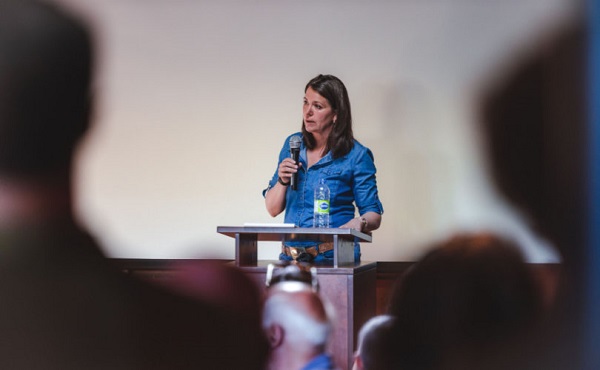
From LifeSiteNews
Alberta’s premier said her government will be holding a special caucus meeting on Friday to discuss Alberta’s independence.
Alberta Premier Danielle Smith hinted her province could soon consider taking serious steps toward greater autonomy from Canada in light of Mark Carney and the Liberal Party winning yesterday’s federal election.
In a statement posted to her social media channels today, Smith, who is head of Alberta’s governing United Conservative Party, warned that “In the weeks and months ahead, Albertans will have an opportunity to discuss our province’s future, assess various options for strengthening and protecting our province against future hostile acts from Ottawa, and to ultimately choose a path forward.”
“As Premier, I will facilitate and lead this discussion and process with the sincere hope of securing a prosperous future for our province within a united Canada that respects our province’s constitutional rights, facilitates rather than blocks the development and export of our abundant resources, and treats us as a valued and respected partner within confederation,” she noted.
While Smith stopped short of saying that Alberta would consider triggering a referendum on independence from Canada, she did say her government will be holding a “special caucus meeting this Friday to discuss this matter further.”
“I will have more to say after that meeting is concluded,” she noted.
Smith’s warning comes at the same time some pre-election polls have shown Alberta’s independence from Canada sentiment at just over 30 percent.
Monday’s election saw Liberal leader Mark Carney beat out Conservative rival Pierre Poilievre, who also lost his seat. The Conservatives managed to pick up over 20 new seats, however, and Poilievre has vowed to stay on as party leader, for now.
In Alberta, almost all of the seats save two at press time went to conservatives.
Carney, like former Prime Minister Justin Trudeau before him, said he is opposed to new pipeline projects that would allow Alberta oil and gas to be unleashed. Also, his green agenda, like Trudeau’s, is at odds with Alberta’s main economic driver, its oil and gas industry.
The federal government under Trudeau pushed since 2015 a radical environmental agenda similar to the agendas being pushed the World Economic Forum’s “Great Reset” and the United Nations “Sustainable Development Goals.”
The Carney government has also pledged to mandate that all new cars and trucks by 2035 be electric, effectively banning the sale of new gasoline- or diesel-only powered vehicles after that year.
The reduction and eventual elimination of the use of so-called “fossil fuels” and a transition to unreliable “green” energy has also been pushed by the World Economic Forum (WEF) – the globalist group behind the socialist “Great Reset” agenda – an organization in which Trudeau and some of his cabinet are involved.
Smith: ‘I will not permit the status quo to continue’
In her statement, Smith noted that she invited Carney to “immediately commence working with our government to reset the relationship between Ottawa and Alberta with meaningful action rather than hollow rhetoric.”
She noted that a large majority of Albertans are “deeply frustrated that the same government that overtly attacked our provincial economy almost unabated for the past 10 years has been returned to government.”
Smith then promised that she would “not permit the status quo to continue.”
“Albertans are proud Canadians that want this nation to be strong, prosperous, and united, but we will no longer tolerate having our industries threatened and our resources landlocked by Ottawa,” she said.
Smith praised Poilievre for empowering “Albertans and our energy sector as a cornerstone of his campaign.”
Smith was against forced COVID jabs, and her United Conservative government has in recent months banned men from competing in women’s sports and passed a bill banning so-called “top and bottom” surgeries for minors as well as other extreme forms of transgender ideology.
-
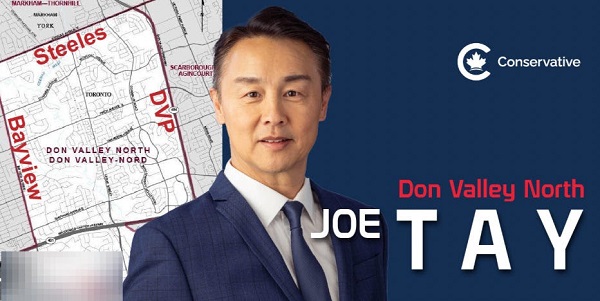
 2025 Federal Election2 days ago
2025 Federal Election2 days agoIn Defeat, Joe Tay’s Campaign Becomes a Flashpoint for Suspected Voter Intimidation in Canada
-
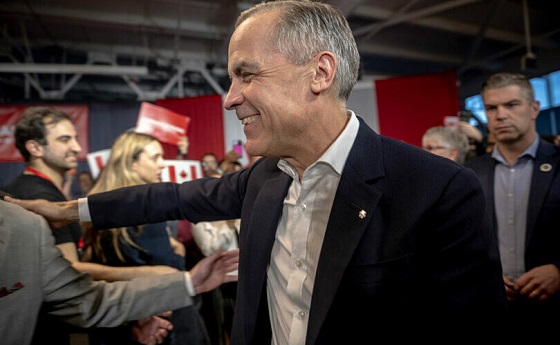
 Duane Rolheiser2 days ago
Duane Rolheiser2 days agoCarney Wins: What now Alberta?
-

 COVID-192 days ago
COVID-192 days agoFreedom Convoy leaders’ sentencing judgment delayed, Crown wants them jailed for two years
-

 Banks2 days ago
Banks2 days agoTD Bank Account Closures Expose Chinese Hybrid Warfare Threat
-
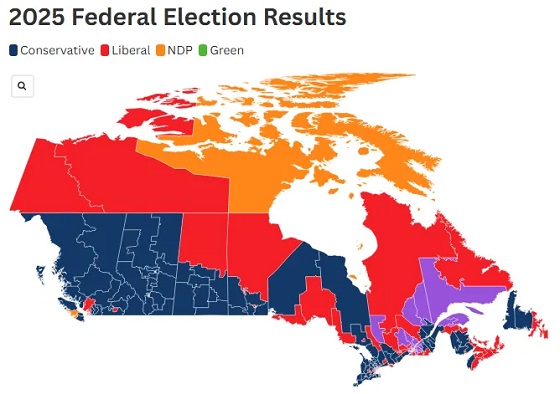
 2025 Federal Election2 days ago
2025 Federal Election2 days agoPost election…the chips fell where they fell
-
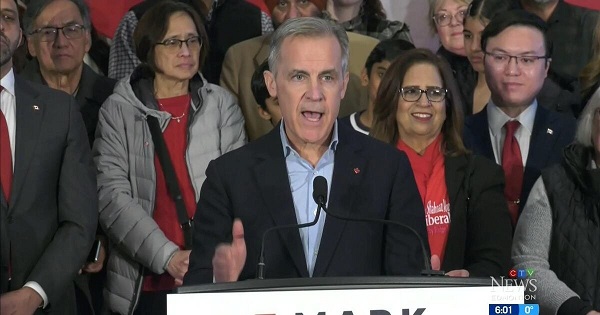
 Alberta2 days ago
Alberta2 days agoHours after Liberal election win, Alberta Prosperity Project drumming up interest in referendum
-

 COVID-191 day ago
COVID-191 day agoCanada’s health department warns COVID vaccine injury payouts to exceed $75 million budget
-
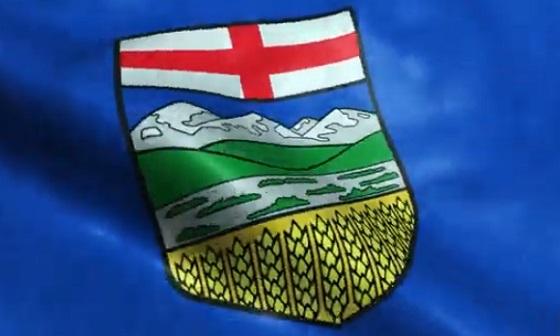
 Alberta2 days ago
Alberta2 days agoNew Alberta Election Act bans electronic vote counting machines, lowers threshold for recalls and petitions
